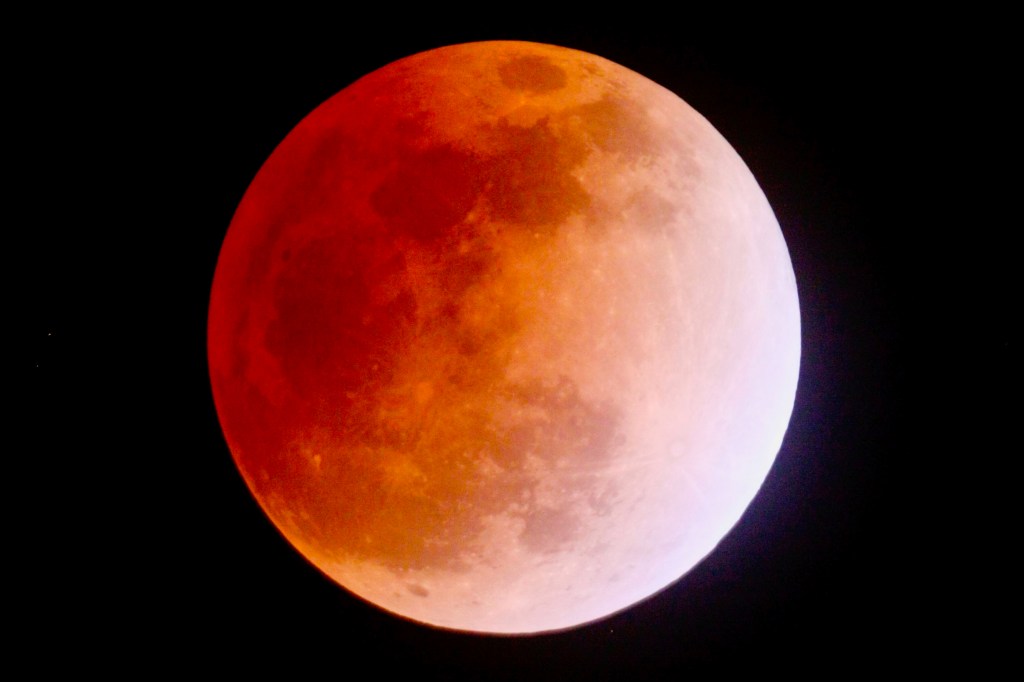This page features images taken from an urban sky in the Philippines using small backyard telescopes and home-brewed tracking system.

Flame and Horsehead Nebula, imaged with a Sky-Watcher Equinox 100ED
Astro-Images
View Galaxies, Nebula, and Star Clusters
View Sun, Moon, and Planets
Eclipse, Transit, Occultation, and Special Events
Milky Way and other Wide-field Images
View all Astro-Images

For a complete list of astrophoto images, click here.
Night Sky in Focus © Anthony Urbano | Bacoor, Philippines
ang ganda po ng mga shots nyo..amazing!
Thanks Nah :)
Beautiful! I love all your photos!
The one with the ISS captured my attention – beautiful shot! It’s really tough to see the ISS through a telescope and be able to capture it :)
Thanks!
Mabuhay ka sir! amazing images taken by a 100mm ED refractor, I wish my MAK could do that:)
Thanks Jerry, I am sure your Mak is equally capable :)
EOS 600D Kit I (EF S18-55 IS II) is this camera ok for astro photography?
Thank you for the reply. i have another question can this be used to capture photos of our neighboring galaxies as well? other Then milky way? do i need to mount or any addition tool need to buy.? can you suggest telescope to be used for beginner?
Amazing captures!
Thanks Atul!
Beautiful photo’s, I can’t wait until I get my camera to try and take a picture through my telescope. Thank you for all your information you share.
Good luck!
Hi Eteny, thanks for such incredible website you have here, I am glad that I found this site before my interest on Astronomy fade away, believe or not my ever first book bought from bookstore is about Astronomy, and I watched meteor shower before, I was in love with the sky, and started to learn photograph stars and milky way but get no clue how to do it and here I learned a lot from you and your sharing, that had bring back my interest. Thanks!
Thank you Belle!
Hello Eteny, You got good stuff put in a simple way and hence encouraging too!
I see many of the pictures you have taken, specially the nebulae ones, you have mentioned canon 450D with 100ED and something like 2 x 90 sec.
Are these pictures taken using prime focus method?
What does 2 x 90 sec or 2 x 240 sec. mean?
Please enlighten!
Thanks, Ajit.
Hi Ajit,
Most of the photos were taken using prime focus method. The description “2 x 90 sec” means that 2 similar photos with exposures of 90 seconds each were “combined” to produce the said image. This process is called “stacking.” A software is used to stack the images. It is possible to stack more than 2 images (for instance, you can stack 3, 4, 5, 6, or even thousands of images). Images must be kept as similar as possible, with identical camera settings. Clear skies!
Eteny
Thank you for the quick response Eteny!
I did go over that picture while browsing your amazing site :-)
That picture is taken using a webcam in video mode. Right?
Whereas, the ones you took using the canon 450 are snap shots (long exposure)
So, with the Canon 450, you mean you took two or more different pictures and stacked them. Did I understand it correct?
How do you compare webcam video vs single frame long exposure pictures using DSLR?
Yes, you are correct, the photos taken using the Canon 450D are long exposure images :)
Deep-sky objects like galaxies and nebula are very faint targets. To capture them, you need long exposures to allow enough amount of light to accumulate on the sensor. Any DSLR can be used to capture such images. The length of exposure time will depend on many factors such as: the telescope you use, how good your tracking mount is, how sensitive your camera is (and even the camera settings), the amount of light pollution in the area, and many other things. You will need to experiment on this to find what exposure suits a particular target. In my case, I usually expose anywhere from a few seconds to perhaps several minutes or so. Once you’ve identified the exposure time that works for a particular target, you can then start taking many photos using identical settings (that is, nothing is changed between each shot, simply press the shutter again to take another shot—some cameras come with a software that can “press” the shutter automatically when connected to a computer).
Taking pictures of planets is different from taking deep-sky images. Since planets are relatively bright, you do not need long exposures. What you need instead are exposures of maybe 1/5 of a second or shorter (again, you will need to experiment). One way to do that is to use DSLRs or webcams. You can opt to take the images separately (one at a time), or simply use the video mode (both for DSLRs or webcams) and start recording, after all, a video is just a series of images. The video (or the still images) can then be stacked together to produce a final image. I recommend recording about 3 to 4 minutes of video. For greater chances of getting a nice output, make sure that the planet remains, as much as possible, in or near the center of the video frame. Tracking is recommended.
Thank you again for the details Eteny!
Hope to be able to experiment as soon as clear skies show up! :-)
Will keep you posted and ask questions then! :-)
Thanks!
Amazing collection. I strive to be as good as you someday! Thanks for inspiring all wanna-be astrophotographers out there, especially in the Philippines. Would love to join your group in one of your star-gazing events in the near future.
Clear skies,
Reg
Thank you, there are now many local astronomy groups in the Philippines.